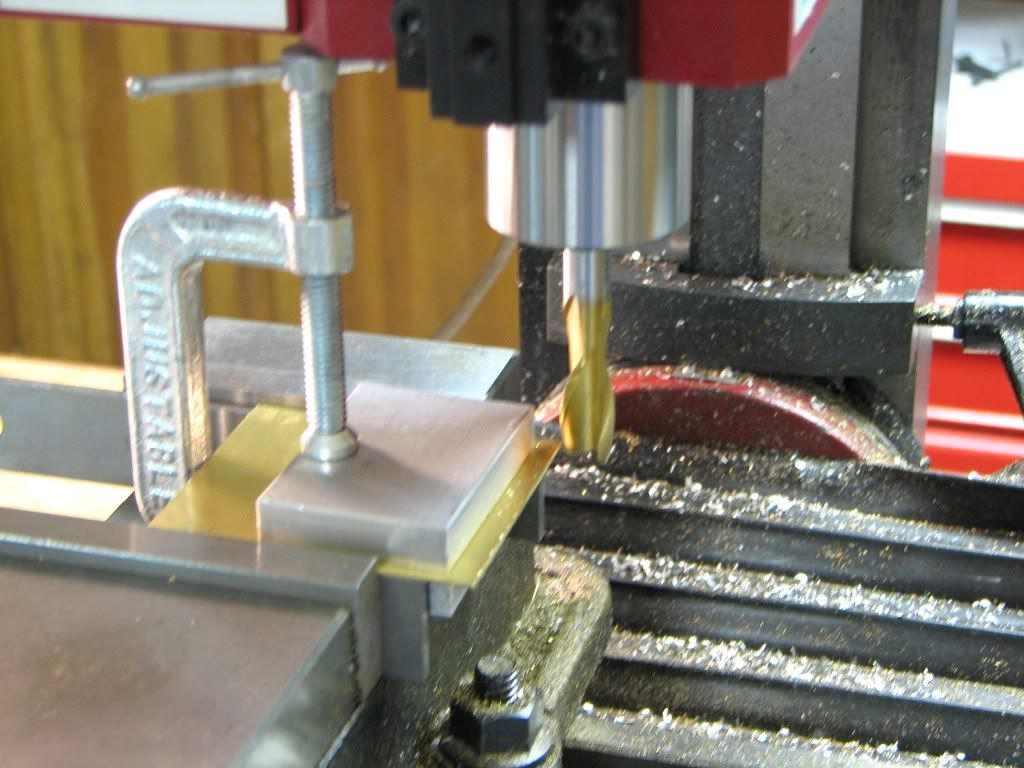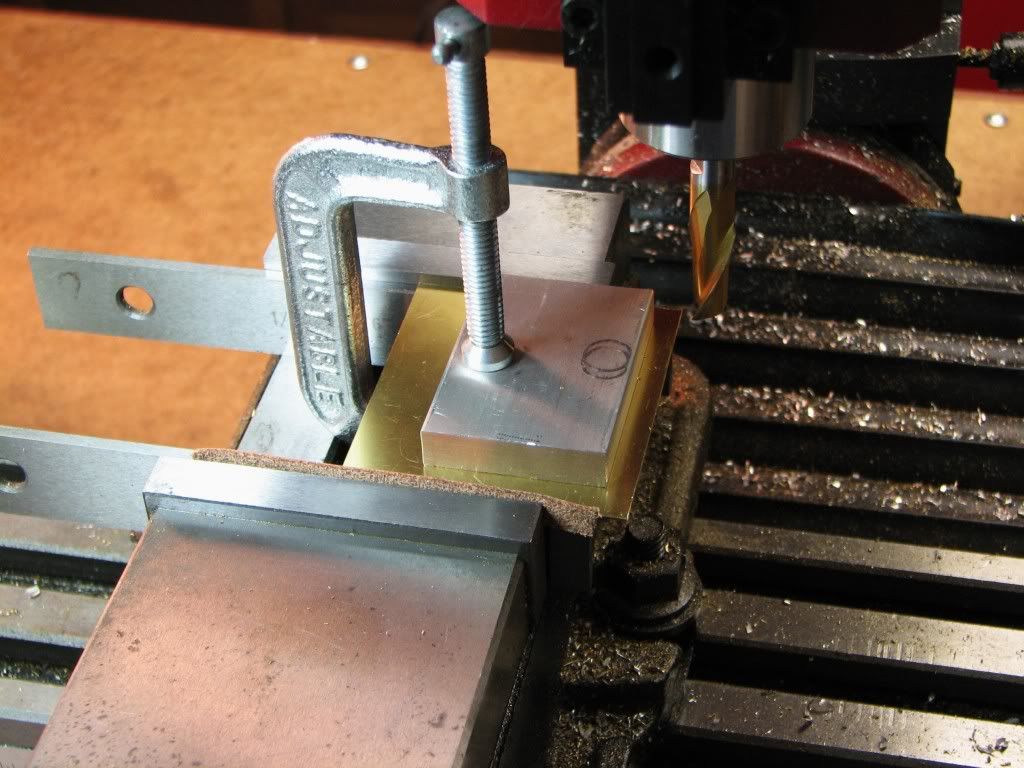Hey Zee;
The (burner?) tubes look just fine, to me. I can barely see the bulge you mention. I thought about that a bit last night when I first read yesterdays' post about boring the tubes. Didn't really come up with anything solid about the bulge, except that sometimes if I'm boring a small tube and let the tool stop in one place for a sec or two, it will make a bright line at that point on the outside of the tube.
Also, that line will show up just before a tool comes through the wall of the tube.
Don't really know why you got them.
Anyway, they look nice.
I wonder if you have to hard solder these at all. Probably should do what the prints suggest, but these are not under pressure. They also should not get that hot if the wick is going to be sticking out of the top of them. They surely would not get to the 400-500° f that it takes to melt the solder. Probably wouldn't get over about 200°. I have a couple of alcohol burners, and the tubes that hold the wicks get hot enough to feel hot, but won't raise a blister.
You're right about your mistakes, and a few of us have been happy to tell you so.
The few shafts you have there are mistakes you probably won't make often in the future. The other
pieces look nice, even if they're goofs. You're even working to a good standard on your mistakes!
Thanks for the updates, mighty mulch man.
Dean
The (burner?) tubes look just fine, to me. I can barely see the bulge you mention. I thought about that a bit last night when I first read yesterdays' post about boring the tubes. Didn't really come up with anything solid about the bulge, except that sometimes if I'm boring a small tube and let the tool stop in one place for a sec or two, it will make a bright line at that point on the outside of the tube.
Also, that line will show up just before a tool comes through the wall of the tube.
Don't really know why you got them.
Anyway, they look nice.
I wonder if you have to hard solder these at all. Probably should do what the prints suggest, but these are not under pressure. They also should not get that hot if the wick is going to be sticking out of the top of them. They surely would not get to the 400-500° f that it takes to melt the solder. Probably wouldn't get over about 200°. I have a couple of alcohol burners, and the tubes that hold the wicks get hot enough to feel hot, but won't raise a blister.
You're right about your mistakes, and a few of us have been happy to tell you so.
The few shafts you have there are mistakes you probably won't make often in the future. The other
pieces look nice, even if they're goofs. You're even working to a good standard on your mistakes!
Thanks for the updates, mighty mulch man.
Dean






